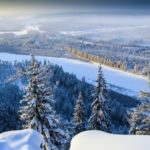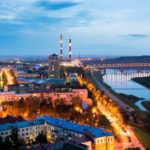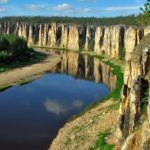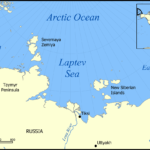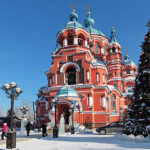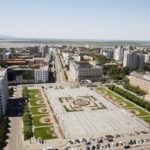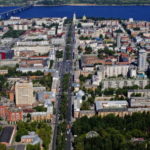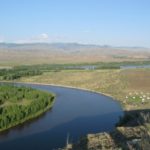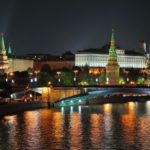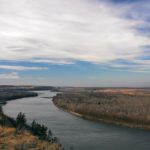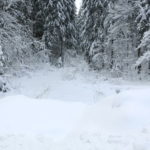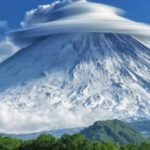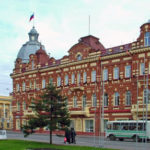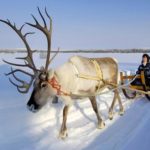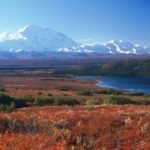Interesting facts about Eastern Siberia
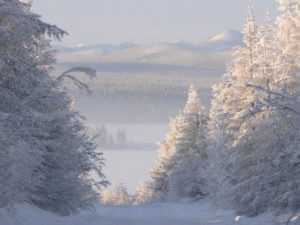 The vast expanses of Eastern Siberia – the birthplace of harsh, hardy people. Endless taiga, in the north passing into the equally endless tundra, impressive cold in the winter and incredible beauty in the summer – here you can find everything. Of course, cities are everywhere alike, but it’s worthwhile to be outside of them, and you immediately understand why Siberian beauties were so praised by poets of the times of the USSR.
The vast expanses of Eastern Siberia – the birthplace of harsh, hardy people. Endless taiga, in the north passing into the equally endless tundra, impressive cold in the winter and incredible beauty in the summer – here you can find everything. Of course, cities are everywhere alike, but it’s worthwhile to be outside of them, and you immediately understand why Siberian beauties were so praised by poets of the times of the USSR.
The largest Russian rivers, Lena and Yenisei, flow through Eastern Siberia.
The largest East Siberian city is Krasnoyarsk.
The difference between summer and winter temperatures in the eastern part of Siberia is up to 65 degrees Celsius, and in some parts of Yakutia – 100 degrees. In winter, the temperature can drop to -50 degrees, but summer in this region is much more hot and sunny than in the European part of Russia (also, check Interesting facts about Eastern Europe).
Dozens of reserves, national and natural parks are located in Eastern Siberia.
About half of the Russian forests are in Eastern Siberia, with most of the wood belongs to valuable coniferous species.
Eastern Siberia contains large deposits of gold, oil, coal and salt. Here, on the border between Yakutia and Krasnoyarsk Krai, the largest diamond deposit was discovered.
The Krasnoyarsk Territory in Eastern Siberia is the largest of the regions of the Russian Federation and the second largest among all regions of the country.
In the southern part of Eastern Siberia is the deepest lake on Earth – Baikal. It is also the largest water body on the planet with fresh water. The Baikal has the richest plant and animal world, and a significant part of the local species is endemic, that is, it is not found anywhere else in the world.
The territory of the East Siberian republic of Buryatia is more than half located in the basin of Lake Baikal.
Yakutia, another republic in Eastern Siberia, is the only Russian region living at once in three time zones.
Yakutia is the recognized record holder of the planet in terms of the absolute minimum temperature (in mountains it drops to -70 Celsius) and the total duration of the period with negative temperatures per year (frost lasts from 6.5 to 9 months).
In the Trans-Baikal region for the first time in the world were found the remains of scaly dinosaurs and bones of ancient lizards, covered with feathers, which were located on the same territory.
The Irkutsk region in Eastern Siberia is the largest Russian region without direct access to the sea or the ocean.
In Eastern Siberia is the place of the fall of the Tunguska meteorite, of which nothing is known – even a meteorite this object is called only conditionally, because not a single fragment of the celestial body was found. There was no crater left, which would testify to the fall to the Earth of a large and heavy object moving at a high speed.
In Yakutia, on the river Vilyui, the greatest depth of freezing of the earth is fixed – the permafrost in this place goes to the thickness of the planet for more than 1.3 kilometers. It is permafrost that makes it possible to extract diamonds from local kimberlite pipes in an open way, since the walls of the quarry are guaranteed not to fall on workers.
The largest snow flakes in history fell in the Irkutsk city of Bratsk in 1971. In diameter, these giant “snowflakes” reached 305 millimeters.
A few years ago a resident of Bratsk became a news hero due to his excellent health – in the 45-degree frost he fell out of the train in a T-shirt, shorts and slippers. The native of Eastern Siberia not only successfully crossed 7 kilometers to the nearest station, but also managed not to get sick after such a run.


